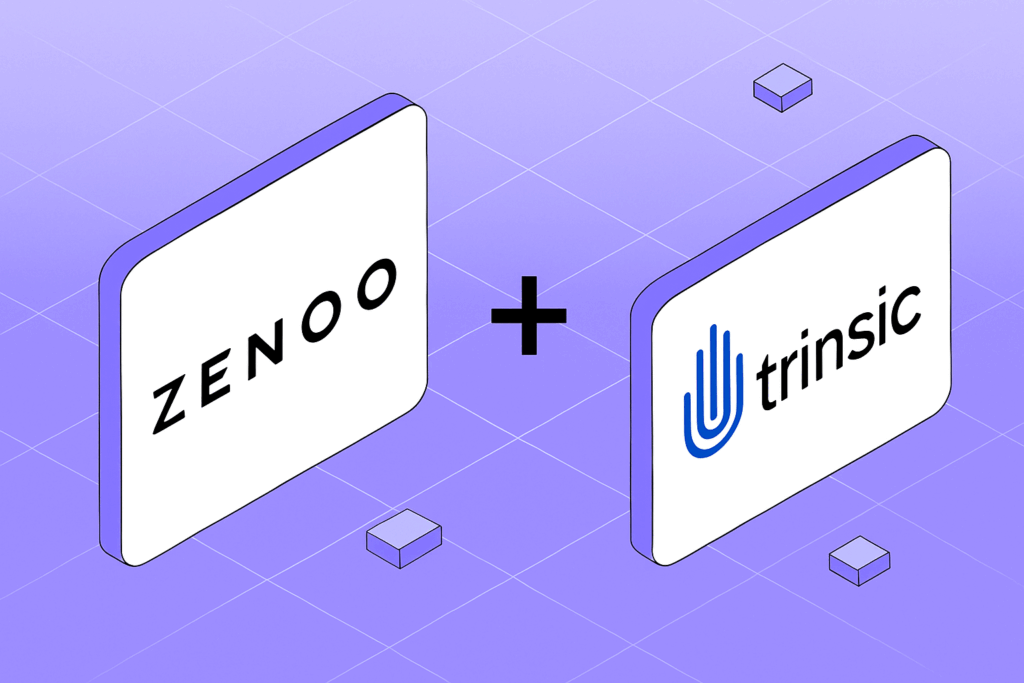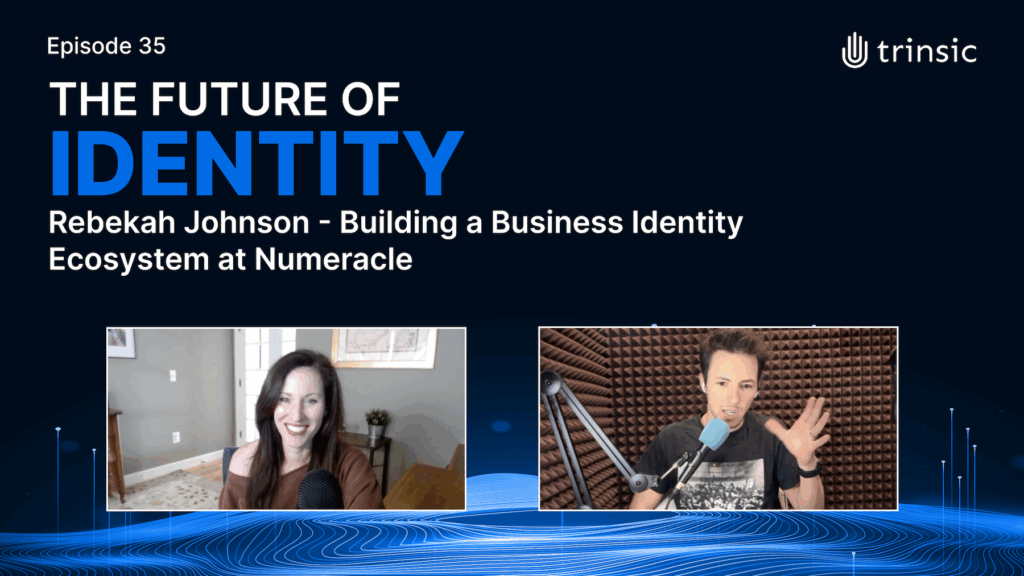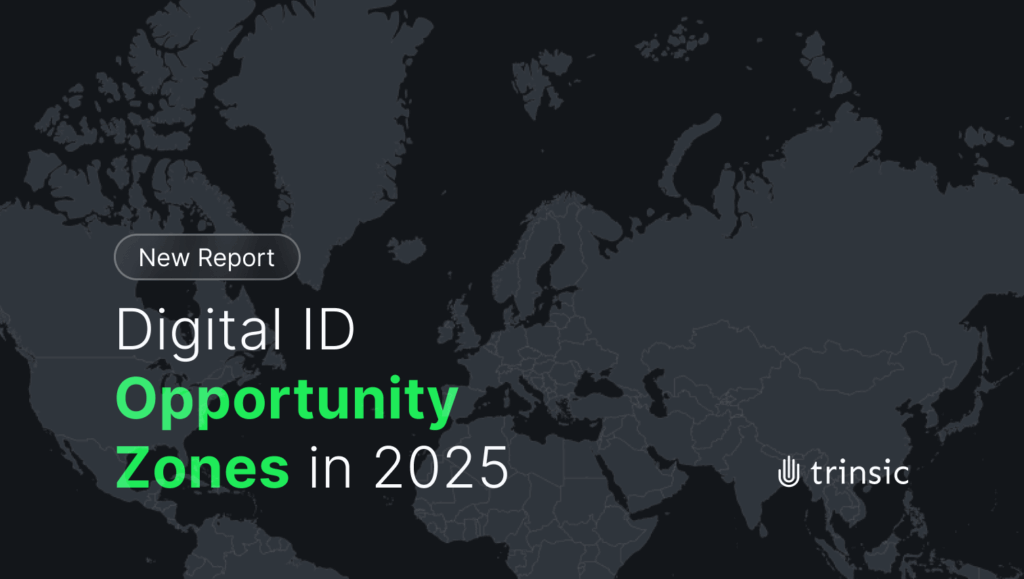Trinsic Ecosystems, our next generation platform, became the default product for new users as of November 1st, 2022. With this update, we’ve unlocked a world of new possibilities for developers building IDtech products. Our goal is to provide flexibility for product builders to create the best experiences for their users.
This post will cover:
- Two types of identity wallets (+ our proposed third option)
- Key features of identity wallets in Trinsic Ecosystems
- Design decisions we made implementing Trinsic Ecosystems
Two Types of Identity Wallets (Plus Our Proposed Third Option)
When creating an IDtech product, there is a delicate balance between user experience and user control. Edge wallets often maximize user control while sacrificing user experience, whereas cloud wallets provide better user experience with little user control.
We’ll discuss the wallet possibilities and propose a third option, one that we believe merges the usability of a cloud wallet with the user control of an edge-based solution.
Note: You may also hear edge vs. cloud wallets described as a custodial solution vs. a non-custodial solution, especially for people familiar with web3. Holding crypto on Coinbase is a custodial solution. Holding crypto in a MetaMask wallet is a non-custodial solution.
1. Edge Wallet Solutions
In an edge wallet, all credentials are held locally on the end-user’s device, giving them full control of what information they share and reveal. While great for privacy, edge solutions have significant drawbacks from a user experience perspective and for the developers building them. Asking users to manage a private key or seed phrase also presents a high barrier for mass adoption.
2. Cloud Wallet Solutions
Full cloud solutions store all user credentials in the cloud and often require a username and password to access their data that is tied to a specific platform. While cloud solutions are easy to build and provide a familiar user experience, they miss the mark when it comes to user control, choice of data storage, and interoperability.
3. Trinsic Modular Wallet Solution
The Trinsic Ecosystems platform offers a third option, which we believe combines the best of both solutions. IDtech product builders have the ability to decide where credentials are stored and how users access their credentials. Developers can use familiar authentication methods and cloud storage to start, while providing increased user control and decentralization over time.
Key Features of Identity Wallets in Trinsic Ecosystems
In Trinsic’s platform, identity wallets are secure, partitioned data stores scoped to a single holder, capable of storing and sharing credentials and proofs. Here are a few key features of wallets in our Trinsic Ecosystems platform:
One Step Wallet Creation
In the past, user onboarding to a wallet required downloading an app, then scanning QR codes to accept connections and credentials. Our new platform streamlines the onboarding experience down to a few seconds as wallet creation happens behind the scenes.
On the back-end, when an issuer “sends” a credential to an email, a user account is created and the credential is associated with the email. The user receives a notification email that they’ve received a credential.
For an overview in our documentation, see the wallets section.
Flexible User Wallet Authentication
Trinsic plans to support a variety of authentication methods like email, SMS, sign in with Ethereum and more to allow developers flexibility in how they implement a solution. Currently, the email based authentication flow allows users to enter their email, receive and 6-digit code, and gain access to the credentials in their wallet. Users don’t have to worry about creating usernames and remembering passwords, lowering the barrier to entry for anyone to start using verifiable credentials.
Fast Credential Exchange
When a user has access to their wallet, they can share credentials (or selectively share fields from a credential) when they are prompted by an application. Once a credential is shared, Trinsic will check the schema conformance, revocation status, trust registry, and signature to verify the credential in a fraction of a second.
Design Decisions in our Ecosystems Platform
For users to adopt a new technology like verifiable credentials, you need to allow for familiar workflows. Every design decision we made keeps user experience at the forefront, while also giving IDtech product developers options for their users to have more control of their identities online.
Cloud Accessible Credential Storage
By default, Trinsic Ecosystems uses cloud wallet storage with user-controlled, flexible authentication. This choice allows us to easily support features like account recovery and multi-device credential access.
Modular Platform Design
While Trinsic Ecosystems offers comprehensive infrastructure for setting up a trust ecosystem, it’s not a bundled set of technologies. You can use parts of our solution without using the entire stack.
For example, credentials could be issued and verified using Trinsic’s API, but IDtech companies do not need to utilize Trinsic cloud wallets. We don’t store any user data during credential issuance and a developer could choose to store credentials elsewhere like an edge wallet on a user’s device or in a decentralized storage solution.
Embedded Wallet Experiences
Trinsic Ecosystems provides the ability to create an identity wallet that is embedded in an existing web or mobile application. It also supports standalone mobile applications or wallet experiences that are completely invisible to the user while still allowing for the interoperability benefits of using verifiable credentials.
In the past, the only way was building a mobile application in a limited number of languages. Now our platform supports a variety of options, increasing how fast developers can go to market with IDtech applications.
Role Flexibility Between Issuers, Holders, and Verifiers
In Trinsic Ecosystems, we’ve done away with rigid constructs of who can be an issuer, a verifier, and a holder. All wallets in an ecosystem have the same permissions by default, and ecosystem providers can set up a trust registry to establish the governance model of their ecosystem.
Getting Started with Trinsic Ecosystems
For a quick demo on a user wallet experience, check out our OkeyDoke Demo and follow the walk through on Twitter. You’ll see how a user receives a credential, selectively shares information, and gains access to a customized experience on a website based on their credentials. You can find all the demo code on Github, and when you’re ready to start building your own trust ecosystem, sign up for a free Trinsic account.









